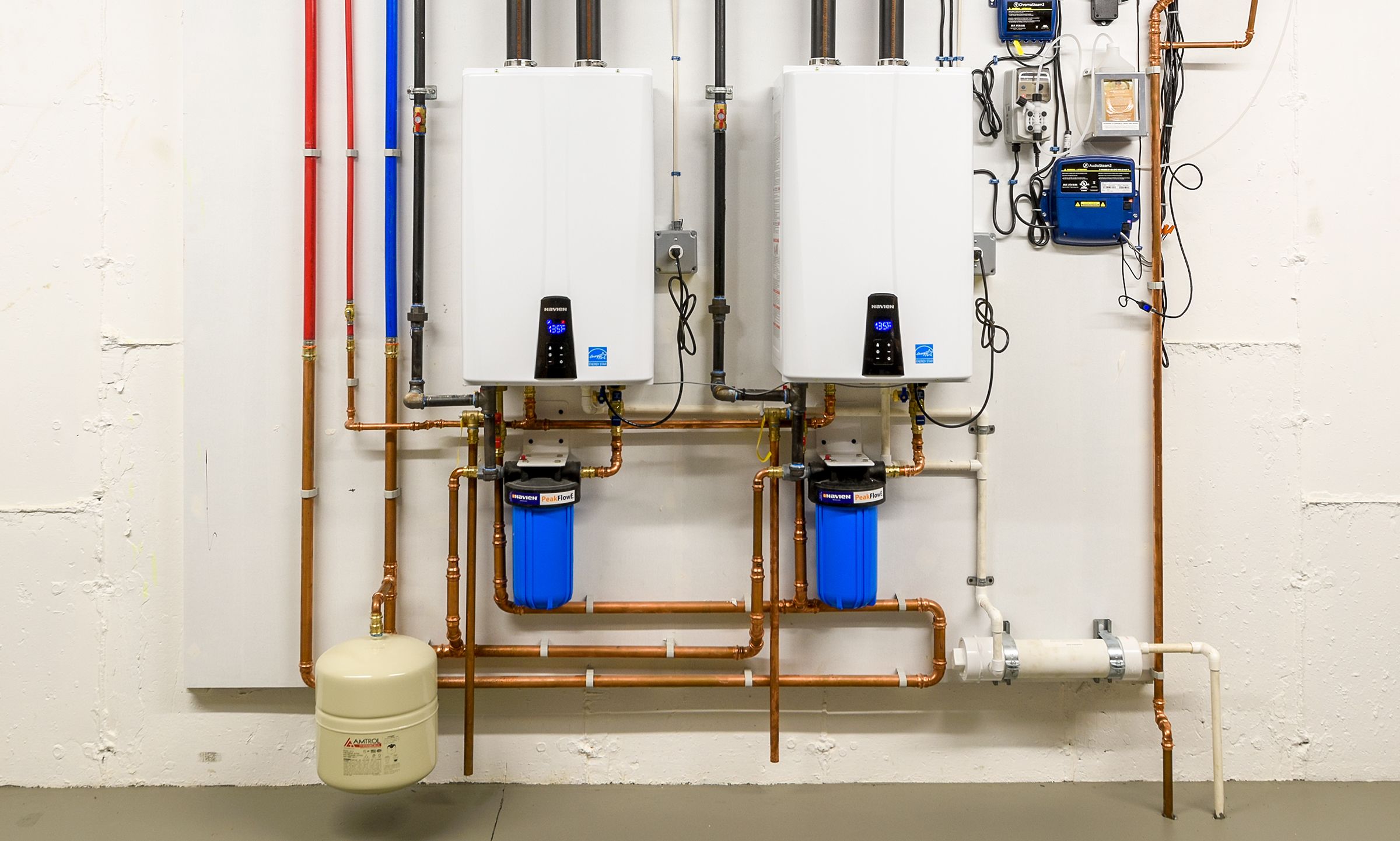Tankless water heater taking a long time to heat up could be due to a few common issues such as low flow rate, mineral buildup, or improper settings. These problems can hinder the heater’s ability to provide hot water instantly, leading to delays in heating up.
We will explore the reasons behind the slow heating of tankless water heaters, and provide practical solutions for addressing these issues. Understanding the causes will empower homeowners to troubleshoot and resolve the slow heating problem effectively, ensuring the seamless operation of their tankless water heater systems.
By implementing the recommended solutions, you can optimize the performance of your tankless water heater and enjoy a rapid and consistent supply of hot water throughout your home.
Page Contents
Factors Affecting Heating Time
Water Flow Rate
One of the key factors impacting the heating time of a tankless water heater is the water flow rate. The flow rate determines how much water is being passed through the heating unit. If the water flow rate exceeds the heater’s capacity, it will take longer to heat up. Lower flow rates allow the heater to quickly raise the temperature of the water, resulting in a shorter waiting time.
Initial Heating Delay
Another important factor is the initial heating delay, which occurs when the tankless water heater is turned on after a period of inactivity. During this delay, the heater needs to heat up the water from its current temperature to the desired output temperature. The length of this delay can be influenced by the heater’s efficiency and the starting temperature of the water.

Credit: www.thisoldhouse.com
Efficient Solutions To Improve Heating Time
Upgrading Water Flow Rate
Upgrading the water flow rate of your tankless water heater is a highly effective solution to enhance the heating time. By increasing the flow rate, the hot water will be delivered more quickly, allowing you to enjoy a consistent and timely supply of hot water throughout your home.
Insulating Hot Water Pipes
Insulating the hot water pipes is a smart way to minimize heat loss and improve the overall efficiency of your tankless water heater. By wrapping the pipes with thermal insulation, you can ensure that the hot water maintains its temperature as it travels to your faucet or shower, reducing the time it takes for the water to heat up.
Regular Maintenance And Descaling
Regular maintenance and descaling of your tankless water heater are essential to optimize its performance and reduce heating time. Over time, mineral deposits can accumulate within the heating elements, leading to inefficient heat transfer. Conducting regular maintenance and descaling will help to keep the heater in top condition, resulting in faster heating and improved overall efficiency.
Advanced Technology For Faster Heating
When it comes to heating water efficiently, tankless water heaters leverage advanced technology for faster heating, offering significant advantages over traditional water heaters. These innovative features ensure that you have hot water readily available whenever you need it, without the long wait times commonly associated with conventional tank-style water heaters. Let’s explore some of the advanced technologies that enable faster heating in tankless water heaters.
Smart Recirculation Systems
Smart recirculation systems are integrated into many modern tankless water heaters to minimize the lag time for hot water delivery. This innovative technology eliminates the need to wait for the water to heat up, as it maintains a continuous circulation of hot water within the system. By rerouting the water in a closed-loop, smart recirculation systems ensure immediate access to hot water at all times.
Condensing Tankless Water Heaters
Condensing tankless water heaters are designed to maximize energy efficiency and heat water with remarkable speed. Unlike conventional tankless water heaters, condensing models capture and utilize the heat from the flue gases, allowing for faster water heating while simultaneously reducing energy waste. This cutting-edge technology not only accelerates the heating process but also contributes to lower energy costs and a more eco-friendly operation.
Conclusion
After seeing the potential drawbacks of a tankless water heater, it’s important to weigh the pros and cons. Despite the initial wait time, the energy efficiency and space-saving benefits make it a worthy consideration for many households. Understanding the factors that affect heating time can help users optimize their system for better performance.
